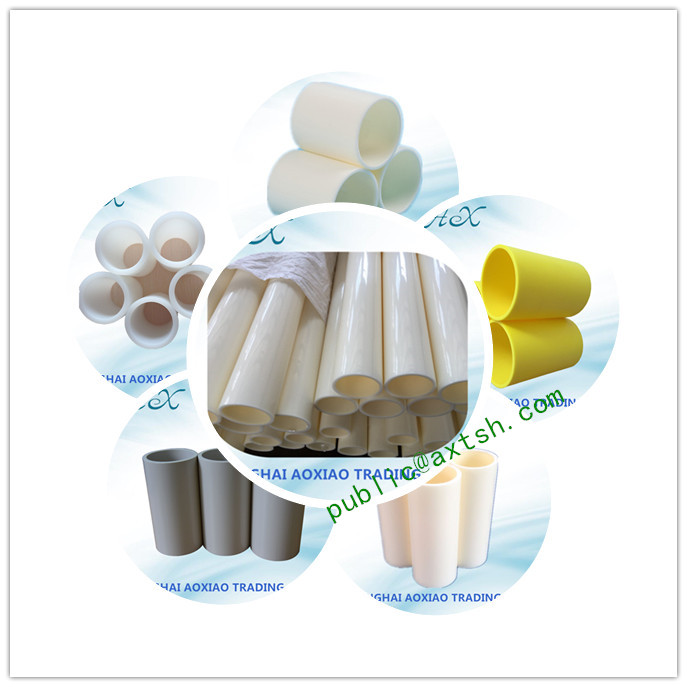What is the Analysis and Solution of the Shrinkage Problem of Plastic Parts?
As an ABS Plastic Tube Core Supplier, share with you.
The shrinkage of plastic parts is due to defects caused by insufficient melt glue replenishment when the thicker parts are cooled. We often encounter situations that increase the pressure, increase the water inlet, and extend the injection time, and the shrinkage problem cannot be solved.
Among the commonly used raw materials, the shrinkage problem of PC materials
is the most difficult to solve due to the fast cooling speed. The shrinkage and
shrinkage problems of PP Tube Core are also more difficult to
handle.

ABS Plastic Tube Core for Film
Therefore, when encountering severe shrinkage problems of thick and large pieces, it is necessary to adopt some unconventional injection molding techniques, otherwise it will be difficult to solve the problem.
First of all, under the premise of ensuring that the injection molded part is not deformed, the method of shortening the cooling time as much as possible is adopted to allow the injection molded part to be ejected early at high temperature. At this time, the temperature of the outer layer of the injection molded part is still very high, and the skin is not too hardened, so the temperature difference between the inside and the outside is relatively small, which is conducive to the overall shrinkage, thereby reducing the concentrated shrinkage inside the injection molded part.
Because the overall shrinkage of the injection molded part is constant, the more the overall shrinkage is, the smaller the concentrated shrinkage is, and the degree of internal shrinkage and surface shrinkage is reduced.
The shrinkage problem occurs because the mold surface heats up and the cooling capacity decreases. The surface of the injection molded part that has just solidified is still soft. The internal shrinkage holes that have not been completely eliminated due to the formation of a vacuum cause the surface of the injection molded part to move under the pressure of atmospheric pressure Internal compression, coupled with the effect of shrinking force, caused the problem of shrinkage. And the slower the surface hardening speed, the easier it is to produce shrinkage, such as PP materials, and the more likely it is to produce shrinkage holes.
Therefore, after the injection molded part is released from the mold early, it should be properly cooled to maintain a certain hardness on the surface of the injection molded part, so that it is not prone to shrinkage. However, if the sinking problem is more serious and moderate cooling cannot be eliminated, it is necessary to adopt the method of freezing with chilled water to rapidly harden the surface of the injection molded part to prevent sinking, but internal shrinkage holes will still exist. Due to the effect of vacuum and shrinkage force, the surface of softer materials such as PP may have dents, but the degree of dents has been greatly reduced.
Finally, sometimes the above method may not completely solve the problem, but it has been greatly improved. If the problem of surface shrinkage must be completely solved, adding an appropriate amount of anti-shrinking agent is also a last resort. Of course, transparent pieces cannot do this.
If there are still shrink marks on the surface of thick-walled parts, or if plastic parts such as partial walls are encountered, the introduction of gas-assisted injection molding will be solved.
Our company also has ABS Plastic Tube Core for Film on sale, welcome to consult.




